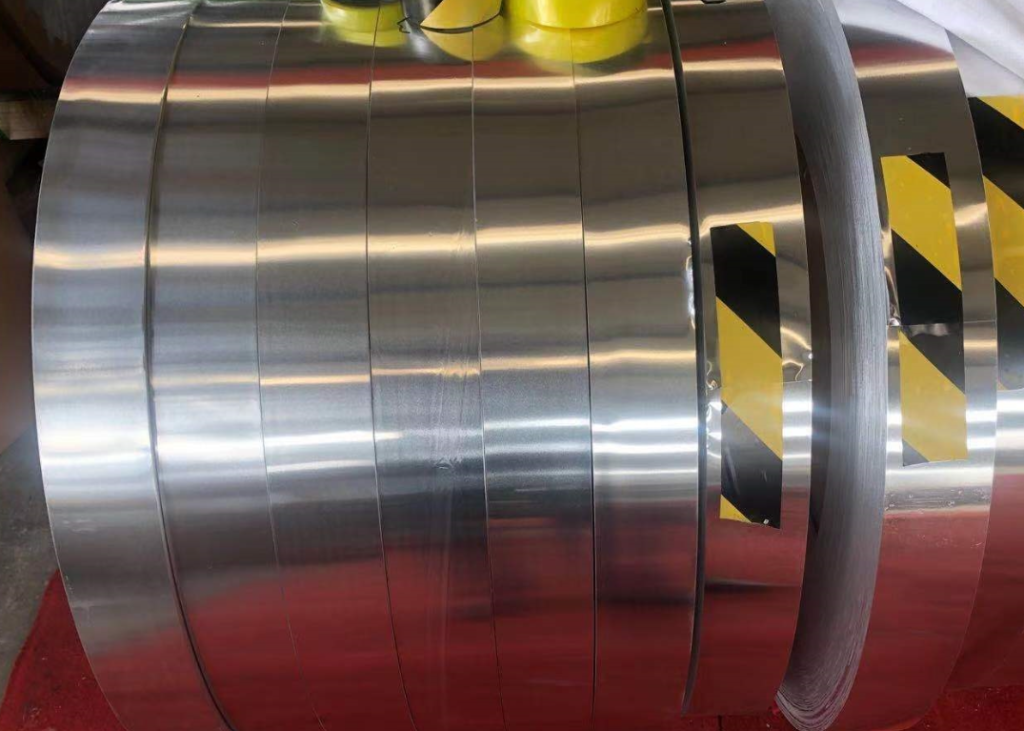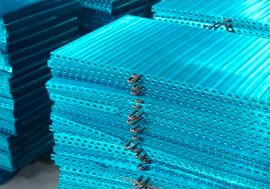Introduction
Aluminum strip is a versatile material used in various industries for its lightweight nature, corrosion resistance, and ease of fabrication. One of the essential properties often considered in its applications is its electrical conductivity. In this article, we will delve into the electrical conductivity of aluminum strip and explore its suitability as a conductor of electricity.
Electrical Conductivity of Aluminum Strip
Aluminum strip exhibits excellent electrical conductivity, making it an ideal choice for applications requiring the transmission of electricity. It ranks second only to copper in terms of electrical conductivity among commonly used metals. The electrical conductivity of aluminum strip is approximately 61 percent of that of copper, making it a highly efficient conductor for many electrical applications.

Factors Influencing Electrical Conductivity
Several factors can influence the electrical conductivity of aluminum strip:
1. Purity of Aluminum: The conductivity of aluminum strip depends on its purity. Commercially pure aluminum typically exhibits higher conductivity compared to aluminum alloys, as the presence of alloying elements may impede electron flow.
2. Emperature: The electrical conductivity of aluminum strip decreases with increasing temperature. However, even at elevated temperatures, aluminum remains a relatively good conductor of electricity compared to many other materials.
3. Surface Condition: The surface condition of aluminum strip can also affect its electrical conductivity. A clean, smooth surface facilitates better electrical contact and enhances conductivity.
Applications of Aluminum Strip as a Conductor
Due to its excellent electrical conductivity, aluminum strip finds widespread use in various electrical and electronic applications, including:
1. Power Transmission: Aluminum strip is commonly used in overhead power lines for transmitting electricity over long distances. Its lightweight nature and high conductivity make it an efficient choice for this purpose.
2. Busbars and Conductors: Aluminum strip is utilized in the construction of busbars and conductors for distributing electrical power within electrical panels, switchgear, and industrial machinery.
3. Electrical Wiring: In the construction industry, aluminum strip is employed in electrical wiring systems for residential, commercial, and industrial buildings. It is often used in combination with copper wiring to optimize cost-effectiveness while maintaining adequate conductivity.
4. Heat Sinks: Aluminum strip is also used as heat sinks in electronic devices to dissipate heat generated during operation. Its high thermal conductivity helps in efficient heat transfer and thermal management.

Conclusion
In conclusion, aluminum strip exhibits excellent electrical conductivity, making it a valuable material for various electrical and electronic applications. Its combination of lightweight, corrosion resistance, and high conductivity properties makes it a preferred choice for power transmission, electrical wiring, and other electrical components. By understanding the factors influencing its electrical conductivity and its applications, engineers and designers can harness the full potential of aluminum strip in their projects, ensuring efficient and reliable electrical performance.


